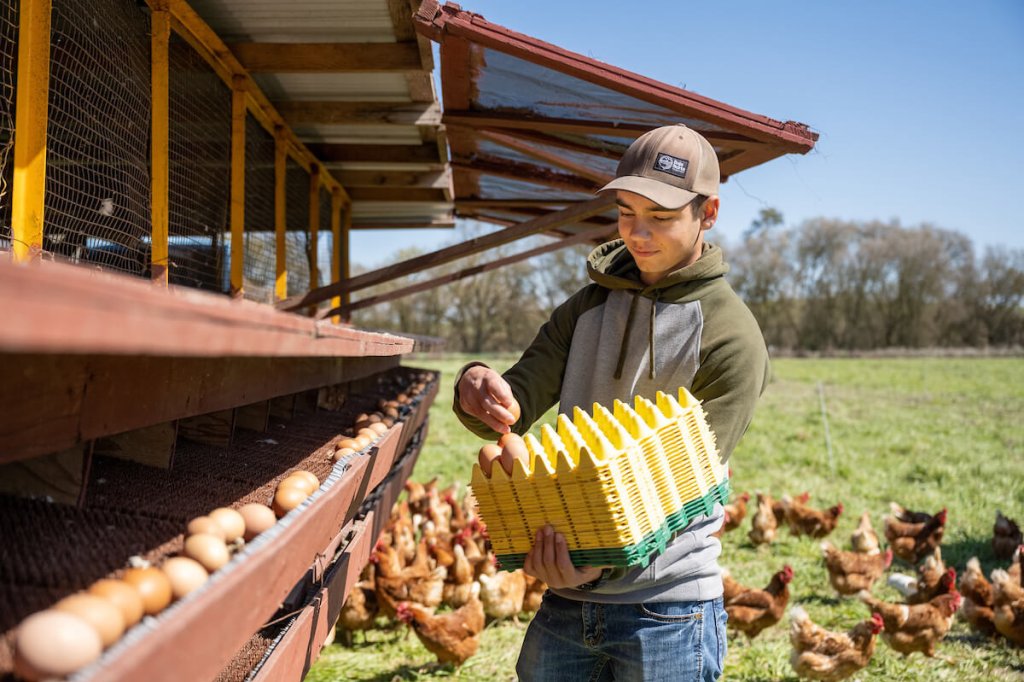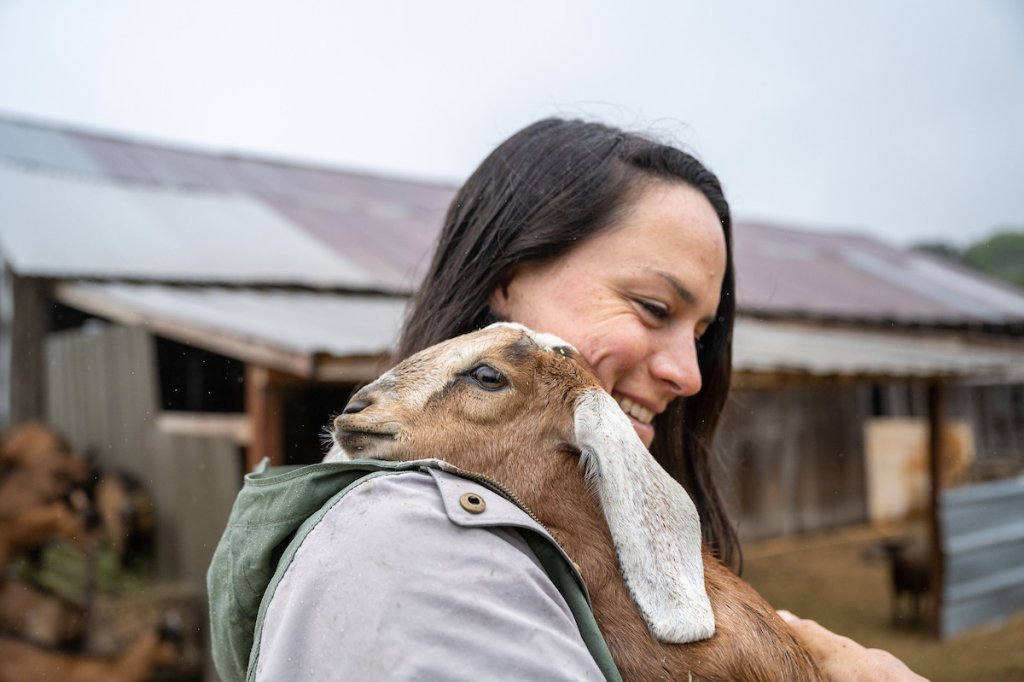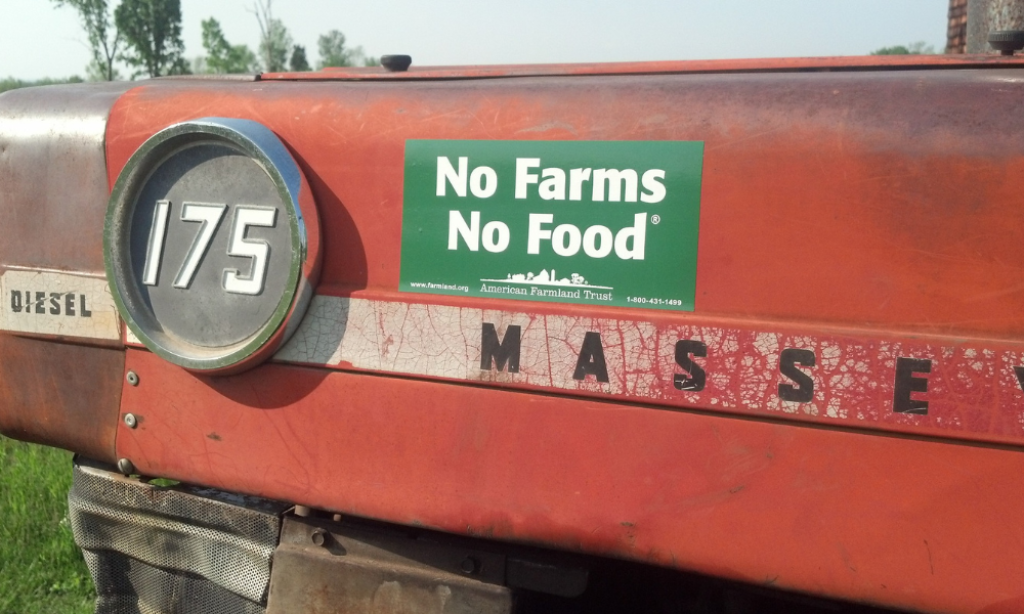The Farm and Ranch Lands Protection Program Saved Threatened Agricultural Land and Delivered Other Benefits
Survey Results Confirm Success of Federal Investments in Farmland Protection
(Washington, D.C. — October 16, 2023) Findings from an evaluation of the federal Farm and Ranch Lands Protection Program (FRPP), Analyzing the Lasting Impacts of the Farm and Ranch Lands Protection Program, show that the program fulfilled its statutory purpose and delivered outcomes that ensure a future for agriculture. The FRPP, administered by the Natural Resources Conservation Service (NRCS) between 1996 and 2014, was a voluntary conservation program that provided matching funds to state and local governments, land trusts and tribes for the purchase of permanent conservation easements to protect agricultural land from development. It was the predecessor program to the Agricultural Land Easement component of the Agricultural Conservation Easement Program (ACEP-ALE). Results support continued federal investments in farmland and ranchland protection.
AFT partnered with researchers from the Natural Resources Social Science Lab at Purdue University to administer a landowner survey and conducted spatial analyses of FRPP-protected land. The team found that the FRPP:
Protected threatened land and kept it in active agricultural use. Most of the FRPP-protected parcels were in counties that experienced relatively high rates of conversion according to AFT’s spatial analyses in Farms Under Threat: The State of the States. Moreover, a substantial proportion of owners of land protected through FRPP are farmers and ranchers or rent their land for agriculture. The percentage of owners who are producers is higher among “second-generation” owners –those who purchased or inherited previously protected land.
Helps farmers and ranchers acquire land. Respondents used proceeds from the sale of their easements to buy land; others said they bought previously protected land because it was more affordable at the outset. More than a quarter of FRPP-protected land is held by second-generation owners, showing how the program benefits the next generation.
Encourages conservation. Respondents reported high rates of conservation planning and practice adoption. These practices tended to be activities identified by NRCS as Climate-Smart Agriculture and Forestry Mitigation Activities—the subset of practices that deliver quantifiable reductions in greenhouse gas emissions and/or increases in carbon sequestration.
Owners identified the protected status of their land as the primary motivation for adopting conservation practices and improving their operations or land. It also encouraged the development of plans to transfer their land to another farmer or rancher.
“The FRPP saved threatened agricultural land for agriculture and also changed owners’ mindsets, giving them the security to make improvements and investments that help ensure a future for agriculture,” said Jennifer Dempsey, AFT Farmland Information Center Director and Senior Advisor.
Beyond benefits, the study found that a significant majority of participants were satisfied or very satisfied with the program and the entity holding their conservation easement. Program satisfaction even prompted landowners to protect more land and to talk to other agricultural landowners about permanently protecting their land.
“The results validate the agency’s commitment to the permanent protection of working farmland and ranchland in partnership with landowners and land conservation entities,” said Martha Joseph, USDA Natural Resources Conservation Service Acting Director for the Easement Programs Division.
The FRPP delivers unparalleled value. NRCS has invested more than $1.2. billion in FRPP, contributing to the protection of more than 1 million acres in partnership with more than 400 land protection entities nationwide. Every federal dollar spent on the FRPP leveraged two dollars in landowner donations, private funds, and dollars from state and local governments. The program not only saves agricultural land from development but also provides vital climate and other public benefits and catalyzes investment in agriculture. It is a comprehensive response to a complex and urgent issue.
###
Analyzing the Lasting Impacts of the Farm and Ranch Lands Protection Program is posted on AFT’s Farmland Information Center website: https://farmlandinfo.org/publications/analyzing-the-lasting-impacts-of-the-farm-and-ranch-lands-protection-program/. The Farmland Information Center is a clearinghouse for information about farmland protection and stewardship developed in partnership with USDA NRCS.
American Farmland Trust is the only national organization that takes a holistic approach to agriculture, focusing on the land itself, the agricultural practices used on that land, and the farmers and ranchers who do the work. AFT launched the conservation agriculture movement and continues to raise public awareness through our No Farms, No Food message. Since our founding in 1980, AFT has helped permanently protect more than 7.8 million acres of agricultural lands, advanced environmentally-sound farming practices on millions of additional acres and supported thousands of farm families.




